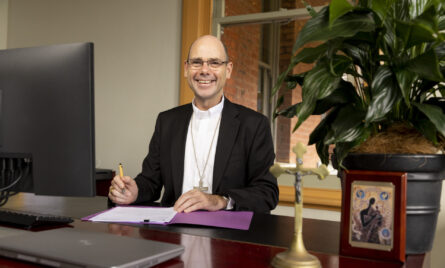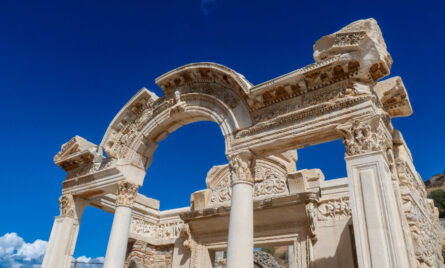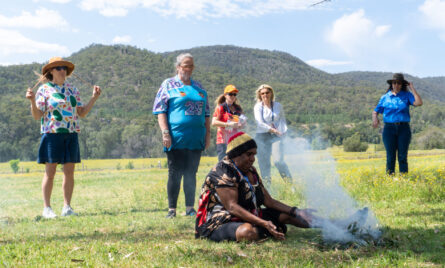FAITH MATTERS: Transfiguration
"As we celebrate this feast, let us ask for the grace to see Christ more clearly, to listen to him more deeply, and to follow him more faithfully, down from the mountain and into the heart of the world."

Featured Posts

The Diocese’s synodal approach recognised by Vatican’s Synod Office
17 October, 2025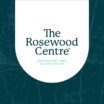
Wellbeing and connection: The power of being a good friend
10 October, 2025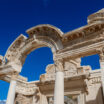
Highlights from our International Jubilee Year Pilgrimage
8 October, 2025Every year on August 6, the Church celebrates the Feast of the Transfiguration of the Lord. This feast commemorates the mysterious and awe-inspiring event when Jesus, accompanied by Peter, James, and John, ascended a high mountain, traditionally believed to be Mount Tabor and was transfigured before their eyes. His face shone like the sun, and his clothes became dazzling white. Appearing alongside him were Moses and Elijah, figures representing the Law and the Prophets, affirming that Jesus is the fulfillment of both. A bright cloud overshadowed them, and a voice from heaven proclaimed, “This is my Son, the Beloved; with him I am well pleased; listen to him.” It was a moment of divine revelation, confirming Jesus’ identity and preparing the disciples for his coming Passion.
The Transfiguration is recorded in all three Synoptic Gospels: Matthew, Mark, and Luke. Though the core elements remain consistent across these accounts, each evangelist adds subtle emphasis. Matthew presents Jesus’ face shining like the sun, recalling Moses’ radiant face after encountering God on Mount Sinai. Mark, known for his brevity, highlights the disciples’ fear and confusion. Luke uniquely includes that Jesus was praying when he was transfigured, and that Moses and Elijah spoke with him about his upcoming ‘departure’, a reference to his death, resurrection, and ascension. These differences enrich our understanding, emphasizing the unity of glory and suffering, revelation and mission.
The enduring power of the Transfiguration is also captured in the realm of art, 1000’s of artists have depicted this significant piece of scripture using a variety of different mediums. Last week during Formation Friday at the Diocese Resource Centre we learnt that the Transfiguration by Italian High Renaissance master, Raphael, was in fact his last painting. Cardinal Giulio de Medici who later became Pope Clement VII (in office: 1523–1534) commissioned the work, conceived as an altarpiece for Narbonne Cathedral in France; Raphael worked on it in the years preceding his death in 1520. This painting was so revered that it was placed at the head of his coffin during his funeral. Raphael’s depiction of the Transfiguration is unusual as it also encompasses the next verse from the Gospels, the healing of a possessed boy, in the lower part of the painting. The work dramatically contrasts the radiant Christ above with the suffering and chaos below, symbolizing the tension between divine glory and human struggle. In this visual theology, Raphael mirrors the Gospel message: the light of Christ transforms even the darkest human condition.
The Transfiguration is not only a revelation of who Jesus is; it is also a vision of what we are called to become. Christian tradition, particularly in the East, speaks of theosis—our transformation by grace into the likeness of God. Just as Jesus was transfigured in glory, we too are called to be changed by encountering him. This change is not instantaneous or dramatic like the mountaintop moment, but gradual and often hidden, shaped through prayer, suffering, love, and service. In contemporary society, the Transfiguration speaks to a world hungry for meaning, beauty, and hope. It reminds us that amid all the suffering and struggle, God’s glory is real and present. It reassures us that there is more to life than what we can see. The light of Christ can break through even the darkest valleys. The feast also challenges us not to remain on the mountain, not to cling to moments of spiritual elation, but to carry the vision into everyday life. Like the disciples, we are called to descend the mountain and serve the world with new eyes, with hearts open to suffering and with faith that glory lies ahead. The Transfiguration, then, is not an escape from reality but a transformation of how we see it. In this luminous encounter, we are invited to behold Christ’s divine glory and to be transformed by it so that, in turn, we may be sources of light and hope for others. As we celebrate this feast, let us ask for the grace to see Christ more clearly, to listen to him more deeply, and to follow him more faithfully, down from the mountain and into the heart of the world.
Artwork- Raphael. (1520). The Transfiguration [Painting]. Wikimedia Commons. https://en.wikipedia.org/wiki/Transfiguration_(Raphael)#/media/File:Transfiguration_Raphael.jpg

